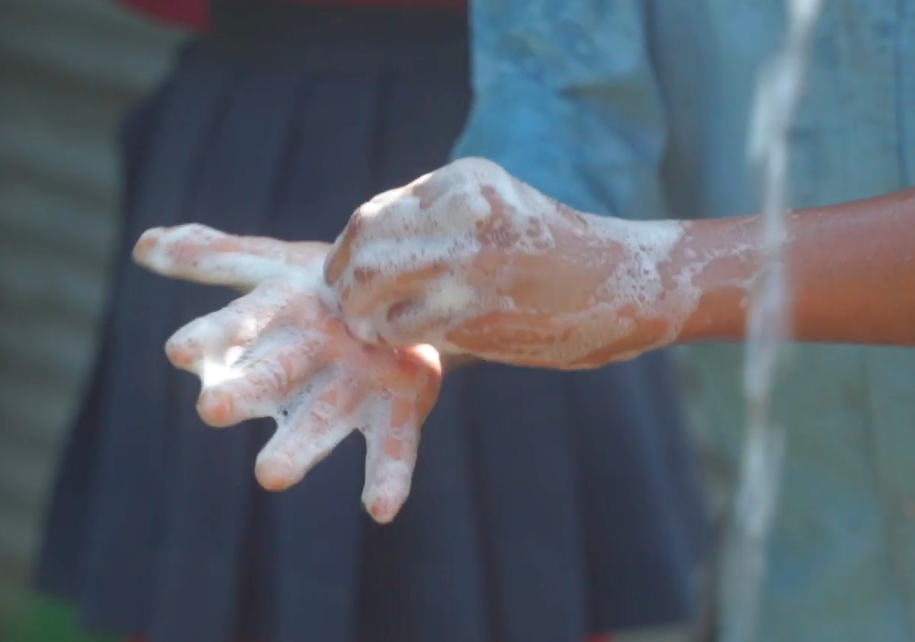Update from the Field
Namaste from Nepal! To say the least our first few months back, have been eye opening. We have spent some time connecting with local NGOs, district public officials and learning about the current WASH situation. While scoping out various districts, we connected with local NGO Educating Nepal and have had the opportunity to spend time in a small village located in the district of Sindhupalchowk, named Jholunge (jho-loon-ge).
Nestled in the valley of Maghi Gaon, the village is home to some of the best fishermen in Nepal. Through a somewhat treacherous road, the village can be reached within 5 hours by local bus. However, as the current border blockage with India continues to make headlines, traveling has been quite the task especially with a lack of fuel and transportation.
Starting this December, Manavta will be building urine diversion toilets for three families and working alongside the community, students of Suryoda Primary School and artists from Kathmandu, to spread the good word about stopping open defecation. As many of you may know, Sindhupalchowk is also the epicenter of the earthquake and has been the site of much of the destruction that was witnessed in the media. Jholunge in total lost 25 members of their community and are currently rebuilding their homes, schools and lives. Their story is something I will come to learn while I spend the next few months living with them. We are so grateful to be able to work with this community and are equally heartfelt by the support our fans have shown us during the past few years leading up to this project.
We are set to depart next week and I encourage you to keep an eye on our Facebook, Twitter and Instagram (links at the very bottom of the page) to learn more about the progress and the community we are working with. If you would like to get involved with our current operations you can connect with us on social media or at toilets@manavtaproject.org, we would love to hear from you!





